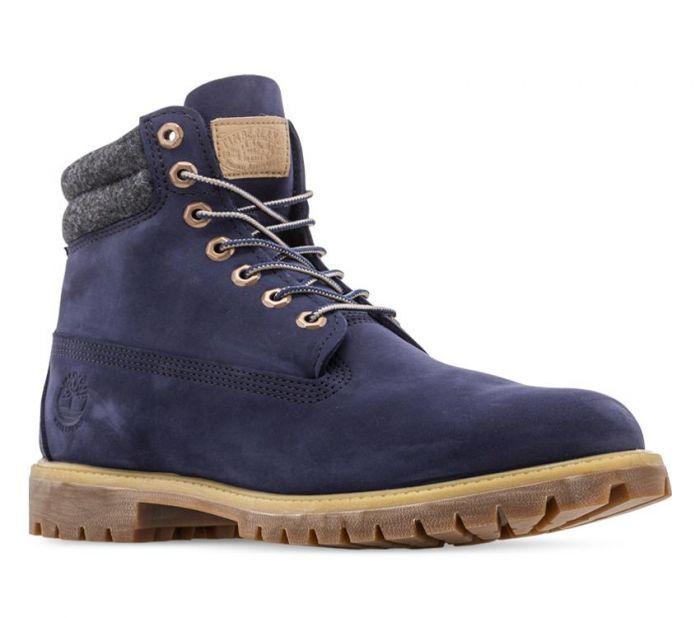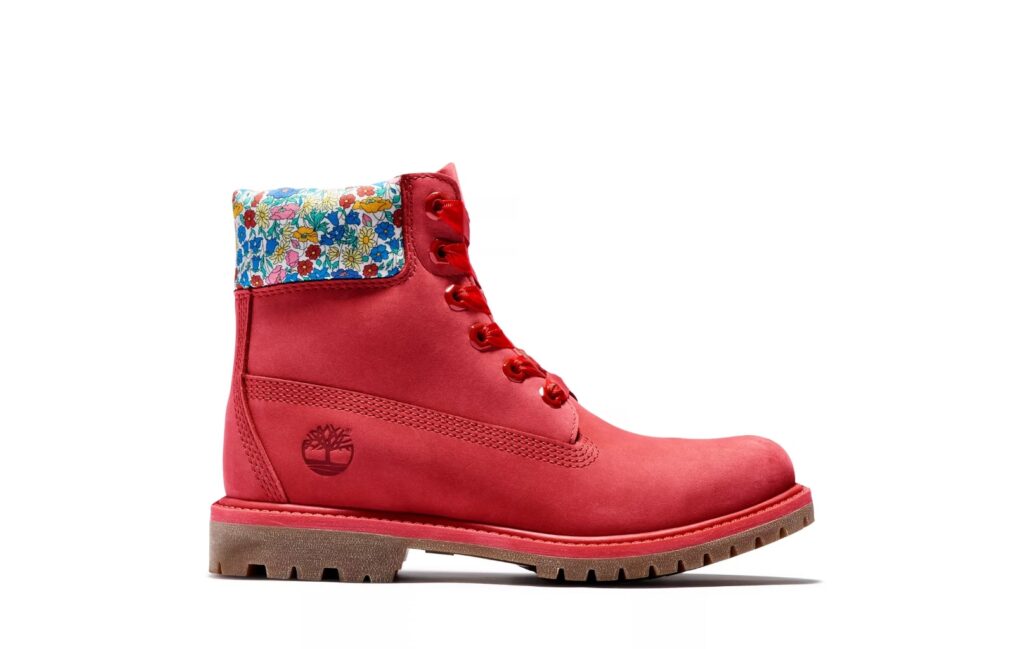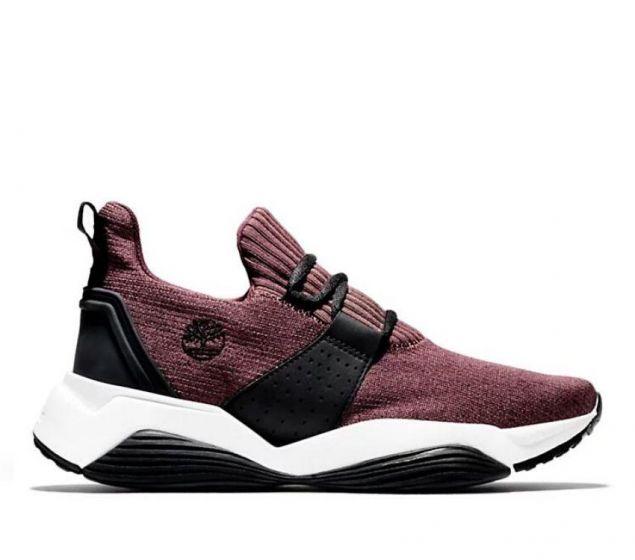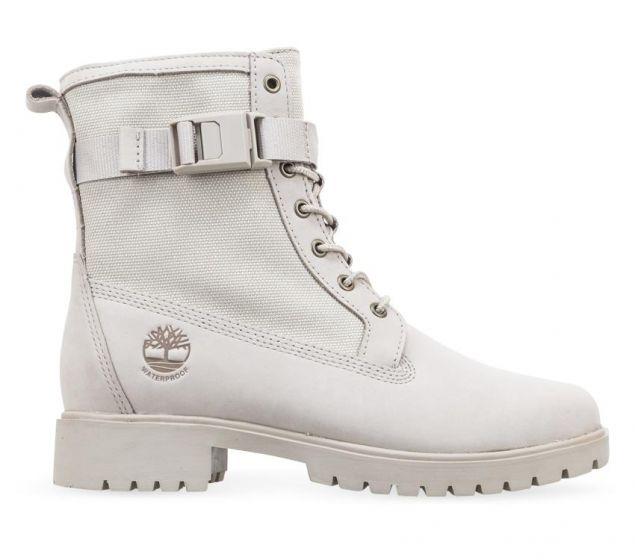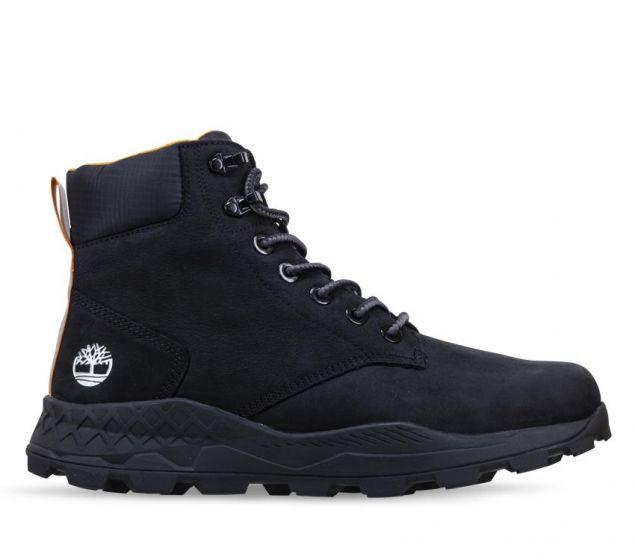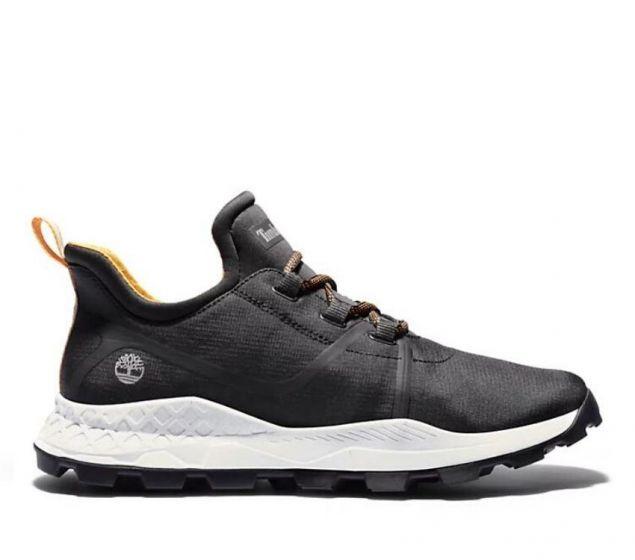Timberland’s mission is to equip people to make a difference in the world. They do this through hard work, innovation, and a love of the great outdoors. Back in 1952, Timberland’s founder, Nathan Swartz, bought half of the Abington Shoe Company. Working his way up, he eventually bought out his partner.
It wasn’t until 1978 that they renamed the company Timberland. They were inspired by their successful boots that set new standards for waterproof performance in the industry.
Since then, Timberland has had many successful innovations and driven themselves and the industry to higher standards. In 2005 they co-founded the leather Working Group and made a public commitment to only source leather from tanneries that achieve a silver/gold rating from the group’s audits.
In 2009, they started using recycled plastic water bottles in their footwear and by 2018 had recycled over 345 million bottles. In 2018 they also created ReBotl™, a material made from recycled plastic used in their footwear and apparel.
Their unique culture and product designs are inspired by the rich New England heritage of our company. With what seems like a great passion for the environment.
Oh, and they make really cool boots, sneakers, boat shoes, sandals, and apparel.
Timberland: Recycled Materials
Timberland use so many different recycled fabrics and recycled materials, including:
- ReBOTL™ is made from at least 40% recycled plastic bottles collected from across the world.
- Polartec® Fleece is 100% recycled polyester.
- Recycled Nylon made into new material, 100% recycled.
- Cordura® fibers are incorporated into some of the materials to help make them last longer. These fibers are made from 100% recycled PET.
- Timberland use recycled leather from discarded leather scraps. The scraps are collected, ground up, and pressed into sheets.
- Scrap rubber leftover from the manufacturing of other products is used to create their outsoles. Hoverlite™ their comfort outsole material uses 34% recycled rubber.
Other Good Fabrics
In addition to recycled fabrics, they also use sustainable and ethical materials.
- They use leather from regenerative ranges and tanning facilities that use less water, energy, and fewer chemicals than traditional tanning.
- Responsible natural rubber is sourced from plantations that use responsible land management and do not contribute to deforestation.
- Timberland supports the use of responsibly grown cotton and is a proud member of the Better Cotton Initiative.
- Timbergrip™ technology for grip is made from 50% bio-based content, including 3% resins derived from paper pulp waste and 47% natural rubber.
Closing the Loop
Timberland has established the Timberloop program closing the loop on recycling. They take back products and keep them in use as long as possible by reselling them.
Other Kudos
- Timberland has committed to planting 50 million trees by 2025. They have already planted 10 million trees by the end of 2019.
- The Timberland team can volunteer 40 hours of paid time every year in their communities. They have completed over 1 million hours to date.
- They have some great goals, including 100% sustainably sourced cotton, 100% PVC free, reducing volatile organic compounds included in their footwear, and reaching 100% footwear including recycled, organic, or renewable materials. They are well advanced in many of these goals and still working hard to achieve them.
- They already use 32% renewable energy and plan to be 50% by the end of 2020.
- They have diverted 64% of their waste by 2019 and have a target of 95%, pretty much zero waste.
Find out more here:


